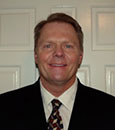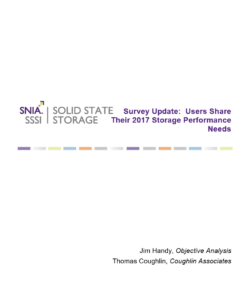Registration is now open for the upcoming Persistent Programming in Real Life (PIRL) Conference – July 22-23, 2019 on the campus of the University of California San Diego (UCSD).
The 2019 PIRL event features a collaboration between UCSD Computer Science and Engineering, the Non-Volatile Systems Laboratory, and the SNIA to bring industry leaders in programming and developing persistent memory applications together for a two-day discussion on their experiences.
PIRL is a small conference, with attendance limited to under 100 people, including speakers. It will discuss what real developers have done, and want to do, with persistent memory. Most of the presentations will include demonstrations of live code showing new concepts. The conference is designed to be a meet-up for developers seeking to gain and share knowledge in the growing area of Persistent Memory development.
PIRL features a program of 18 presentations and 5 keynotes from industry-leading developers who have built real systems using persistent memory. They will share what they have done (and want to do) with persistent memory, what worked, what didn’t, what was hard, what was easy, what was surprising, and what they learned.
This year’s keynote presentations will be:
- * Pratap Subrahmanyam (Vmware): Programming Persistent Memory In A Virtualized Environment Using Golang
- * Zuoyu Tao (Oracle): Exadata With Persistent Memory – An Epic Journey
- * Dan Williams (Intel Corporation): The 3rd Rail Of Linux Filesystems: A Survival Story
- * Stephen Bates (Eideticom): Successfully Deploying Persistent Memory and Acceleration Via Compute Express Link
- * Scott Miller (Dreamworks): Persistent Memory In Feature Animation Production
Other speakers include engineers from NetApp, Lawrence Livermore National Laboratory, Oracle, Sandia National Labs, Intel, SAP, Red Hat, and universities from around the world. Full details are available at the PIRL website.
PIRL will be held on the University of California San Diego campus at Scripps Forum, a state-of-the-art conference facility just a few meters from the beach. Discounted early registration ends July 10, so register today to ensure your seat.
 The 2019 PIRL event features a collaboration between UCSD Computer Science and Engineering, the Non-Volatile Systems Laboratory, and the SNIA to bring industry leaders in programming and developing persistent memory applications together for a two-day discussion on their experiences. Read More
The 2019 PIRL event features a collaboration between UCSD Computer Science and Engineering, the Non-Volatile Systems Laboratory, and the SNIA to bring industry leaders in programming and developing persistent memory applications together for a two-day discussion on their experiences. Read More
 The 2019 PIRL event features a collaboration between UCSD Computer Science and Engineering, the Non-Volatile Systems Laboratory, and the SNIA to bring industry leaders in programming and developing persistent memory applications together for a two-day discussion on their experiences. Read More
The 2019 PIRL event features a collaboration between UCSD Computer Science and Engineering, the Non-Volatile Systems Laboratory, and the SNIA to bring industry leaders in programming and developing persistent memory applications together for a two-day discussion on their experiences. Read More

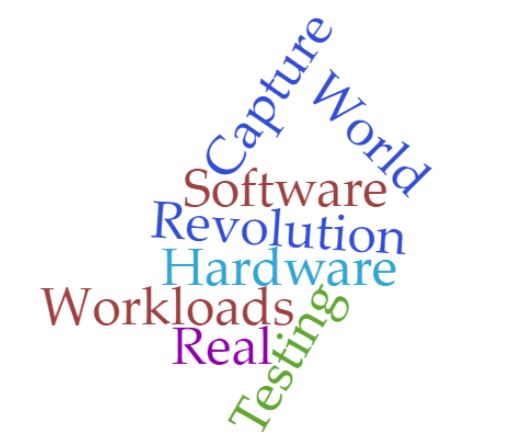 The
The 
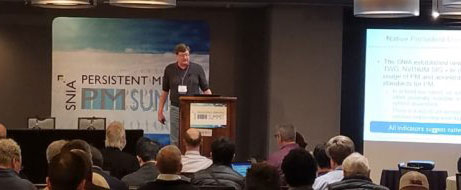 Leave it to Rob Peglar, SNIA Board Member and the MC of SNIA’s 7th annual
Leave it to Rob Peglar, SNIA Board Member and the MC of SNIA’s 7th annual 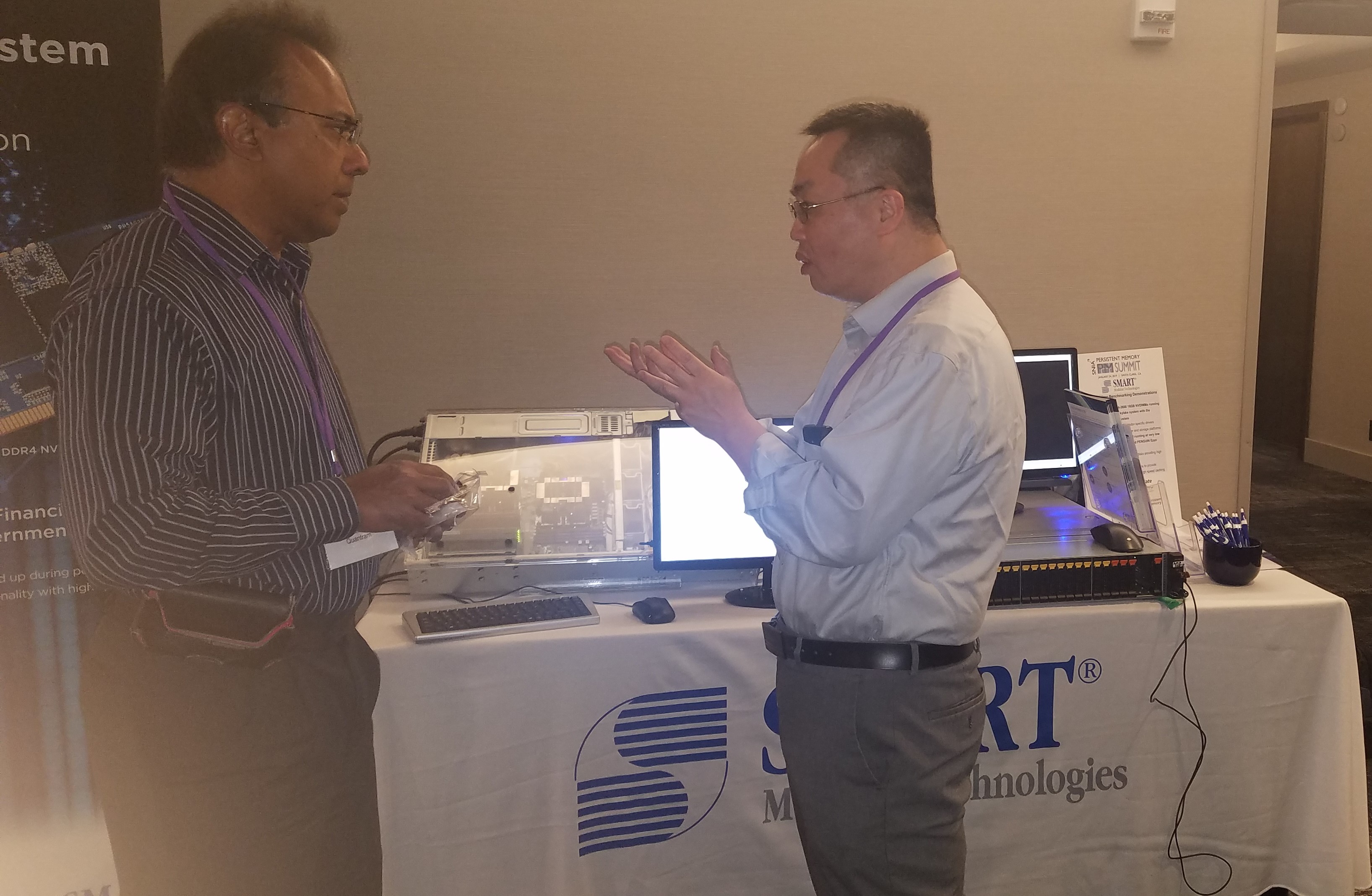
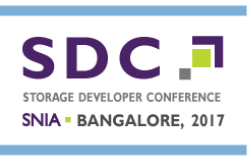 For the third consecutive year, SNIA will present their highly successful
For the third consecutive year, SNIA will present their highly successful 